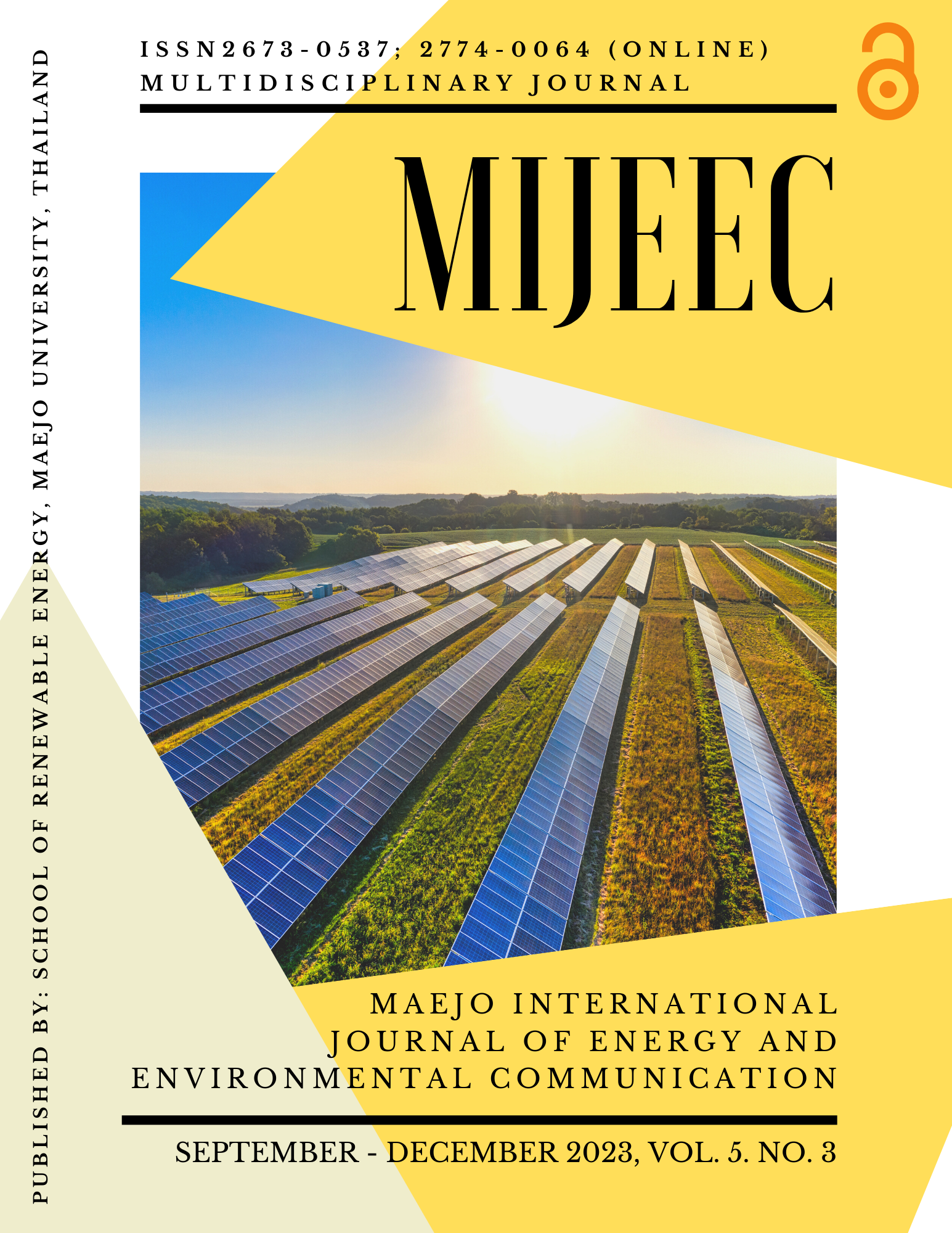Exploring biogas feedstocks Glyceria maxima and Phalaris arundinacea with cow dung co-digestion
Main Article Content
Abstract
The digestion of marsh grasses Glyceria maxima and Phalaris arundinacea with and without cow manure is examined for biogas production. This study investigates biomass sources for biogas production to address these issues. Anaerobic digestion investigations were conducted for 30 days with four feedstock combinations: 100% G. maxima, 100% P. arundinacea, 70% G. maxima, 30% cow dung, and 70% P. arundinacea and 30% cow dung. The simultaneous digestion of cow manure significantly boosted biogas output for both grass kinds. The highest biogas yield was 0.55 m³/kg VS from G. maxima and cow dung, followed by 0.50 m³/kg VS from P. arundinacea and cow dung. The grass-only combinations had 58% methane, while the co-digestion mixtures had 60%. G. maxima and P. arundinacea produced similar biogas and methane, suggesting they could be renewable energy crops. The reactor pH and VFA levels indicated stable digesting conditions. Total solids and volatile solids decreased more in co-digestion mixes. The results show that marsh grasses and cow manure improve biogas generation efficiency and profitability. This technique increases energy output and sustainably manages marsh grasses and cow manure, reducing dependence on conventional energy crops, greenhouse gas emissions, and biodiversity loss. This integrated strategy has the potential to greatly enhance the utilization of renewable energy and the management of wetlands. The addition of biogas to biomass resources enhances the production process.
Article Details

This work is licensed under a Creative Commons Attribution-NonCommercial-NoDerivatives 4.0 International License.
Copyright © 2019 MIJEEC - Maejo International Journal of Energy and Environmental Communication, All rights reserved. This is an open-access article distributed under the terms of the Creative Commons Attribution-NonCommercial- Attribution 4.0 International (CC BY 4.0) License






